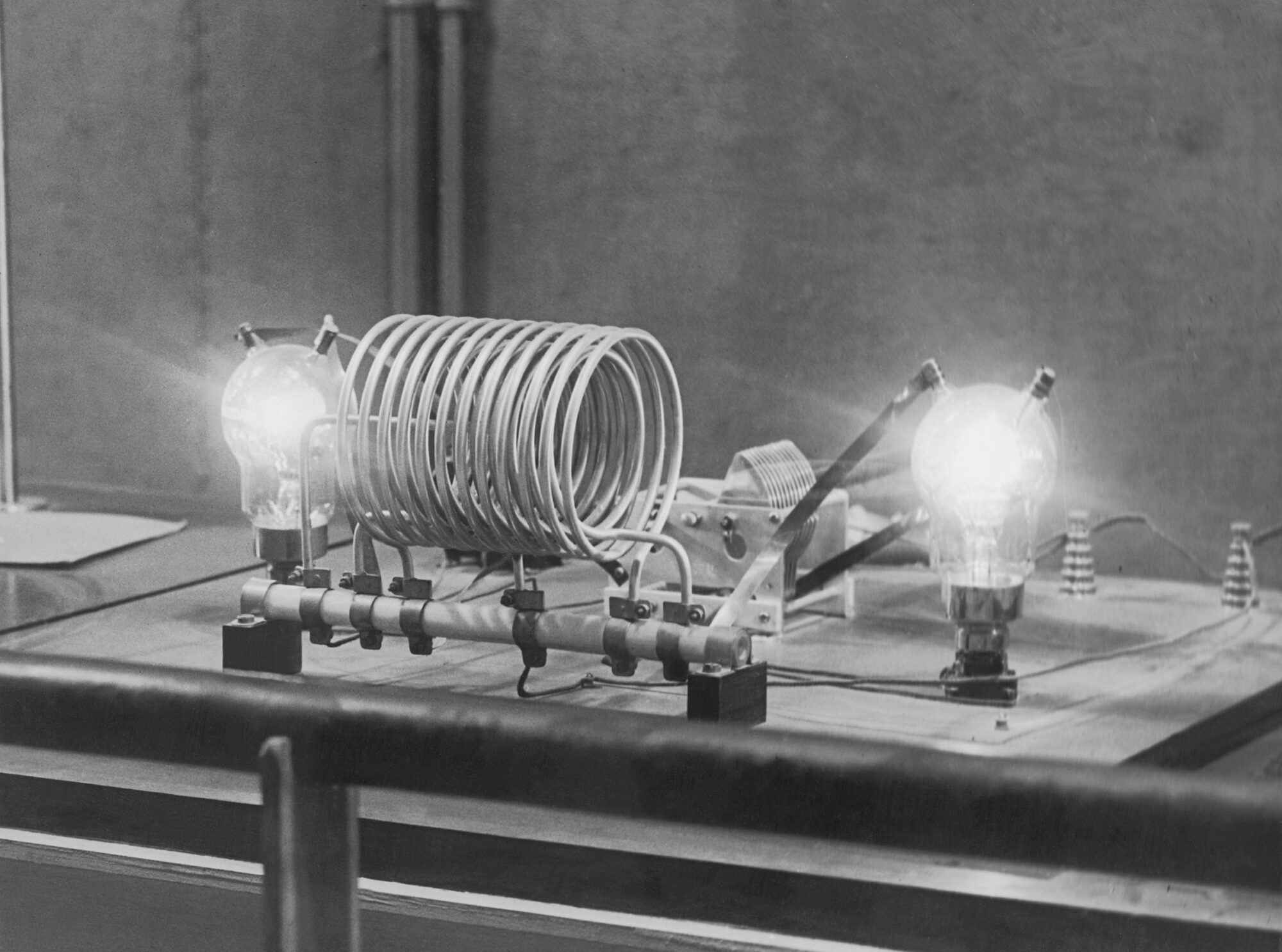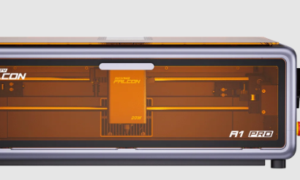In the rapidly advancing world of electrical engineering and automation, the humble coil winding machine has undergone a remarkable transformation. Once relegated to simple mechanical tasks, these machines are now at the forefront of innovation, integrating cutting-edge technologies like AI, IoT, and precision robotics. As we progress through 2025, it’s time to take a closer look at how coil winding machines have evolved and what the future holds for this vital component of modern manufacturing.
A Quick Historical Overview
The coil winding machine dates back to the late 19th and early 20th centuries. It was initially used to wind wire coils for early electric motors, transformers, and radio inductors. These machines were largely manual, requiring skilled labor to control wire tension, positioning, and winding speeds.
By the mid-20th century, automation began to change the game. Pneumatic and motor-driven systems increased efficiency and consistency, reducing the dependence on manual labor. Microprocessors enhanced precision in the 1980s and 1990s, giving rise to CNC-based machines that allowed programmable control of multiple winding parameters.
However, revolutionary developments that will come to fruition in 2025 did not occur until the last decade.
Key Innovations in 2025
1. AI-Powered Smart Winding
Integrating artificial intelligence into coil-winding machines is one of the industry’s groundbreaking shifts. AI algorithms now help optimize winding patterns, adjust real-time parameters based on feedback sensors, and predict maintenance needs before breakdowns occur. This significantly reduces downtime and increases machine lifespan.
Innovative AI systems can learn from production data to make dynamic adjustments on the fly. For example, if a wire material changes slightly in tensile strength or thickness, the machine can automatically compensate to maintain winding consistency, eliminating human error.
2. Internet of Things (IoT) Integration
The IoT continues to redefine what’s possible in manufacturing, and coil winding machines are no exception. IoT-connected devices allow machines to be monitored and controlled remotely. Operators can track productivity metrics, energy usage, and wear-and-tear indicators through cloud-based dashboards.
In 2025, IoT-enhanced machines will communicate with other systems across the production line, contributing to a fully synchronized and intelligent factory ecosystem. This will boost output and enhance safety and quality control.
3. Precision Robotics and Multi-Axis Control
Modern coil winding machines in 2025 often feature 6-axis robotic arms and ultra-high-precision stepper motors. These advancements enable the handling of complex winding geometries that were previously impractical or impossible. Whether toroidal coils, figure-8 patterns, or asymmetric shapes, today’s machines offer unrivaled flexibility.
This robotic precision is especially valuable in aerospace and medical device manufacturing industries, where the slightest deviation can have significant consequences.
4. Materials and Micro-Winding
As technology becomes more compact, the demand for miniature coils has skyrocketed. In response, manufacturers have developed micro-winding machines capable of handling ultra-fine wire gauges, sometimes thinner than a human hair. These machines come equipped with specialized tensioning systems, microscopes, and real-time error correction mechanisms.
In 2025, these machines will be widely used in producing hearing aids, pacemakers, and nano-sensors, demonstrating the coil winding machine’s expanding reach.
Industry-Specific Applications
• Electric Vehicles (EVs)
The EV boom continues to be a massive growth driver for the coil winding industry. Electric motors, battery management systems, and inductive charging coils all rely on highly efficient and tightly wound coils.
Manufacturers have responded with high-speed, high-torque coil winding machines tailored to EV components. These machines often include automated quality inspection tools that scan every coil for defects in real time, ensuring performance and safety.
• Renewable Energy
Renewable energy systems depend heavily on inductive components, from wind turbine generators to solar inverters. Coil winding machines in this sector are being adapted to handle larger coils with thicker wires, rugged insulation, and even composite materials that improve heat dissipation and longevity.
Modern CNC-controlled coil winding machines implement new winding techniques, such as litz wire and orthocyclic winding, more effectively.
• Telecommunications and IoT Devices
5G and IoT expansion has triggered unprecedented demand for miniature and high-frequency transformers and inductors. The latest coil-winding machines are designed to meet stringent electromagnetic compatibility (EMC) requirements and ensure high-quality signal transmission.
Automation Meets Sustainability
One of the most exciting trends 2025 is the shift toward sustainable manufacturing. Coil winding machines now incorporate energy-efficient components, regenerative braking systems, and materials recycling processes.
Manufacturers are adopting closed-loop production systems, where waste is minimized and resources are reused. Modern machines also offer environmental impact dashboards, helping businesses track carbon footprints and comply with green regulations.
Enhanced User Interfaces
The human-machine interface (HMI) has also seen remarkable improvement. Gone are the days of clunky control panels and cryptic menu systems. Today’s coil-winding machines feature touchscreen interfaces, voice commands, and even augmented reality (AR) overlays to assist in machine setup and diagnostics.
These user-friendly interfaces not only reduce training time but also make machine operation more accessible to a wider range of workers, critical in a time when skilled labor is increasingly scarce.
Customization and Modularity
Coil winding machine manufacturers have embraced modular designs, allowing for quick customization based on specific industry or customer needs. Whether it’s a machine that can switch from toroidal to solenoidal winding or a setup that handles both copper and aluminum wire, modularity ensures flexibility and scalability.
In 2025, many businesses will choose modular machines that grow with their production needs rather than investing in new systems every few years.
Challenges Still Facing the Industry
Despite these advancements, the coil winding machine sector is not without its challenges. Some persistent issues include:
- High initial costs for advanced systems
- Complex maintenance requirements
- Shortage of skilled operators for custom coil designs
- Integration difficulties with legacy production lines
However, the pace of innovation and the influx of capital into automation suggest these challenges are actively being addressed.
Looking Ahead
The evolution of the coil winding machine is far from over. Future innovations may include:
- Fully autonomous winding lines driven by generative AI
- Machine learning algorithms that optimize coil designs in real time
- Biodegradable insulation materials
- Quantum coil winding for next-generation computing devices
As we stand in 2025, the coil winding machine is no longer just a piece of production equipment—it is a symbol of how far industrial automation has come. It embodies precision, intelligence, and adaptability, shaping the future of countless industries.
Conclusion
The transformation of the coil winding machine is a testament to the broader trends in automation, digitization, and sustainability. Whether in EVs, renewable energy, medical tech, or next-gen electronics, the role of this essential tool has never been more critical.
Manufacturers investing in modern coil winding machines are not just improving their production capabilities—they’re preparing for a future where speed, quality, and innovation are non-negotiable.
As 2025 unfolds, one thing is clear: the future of coil winding has already begun.



































